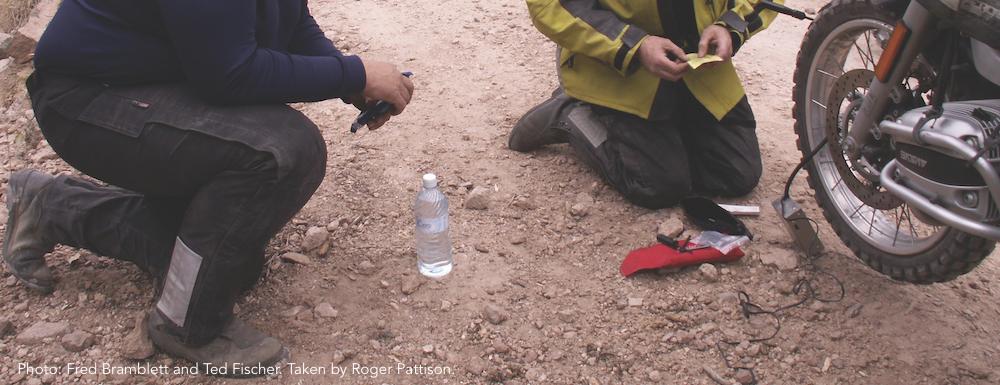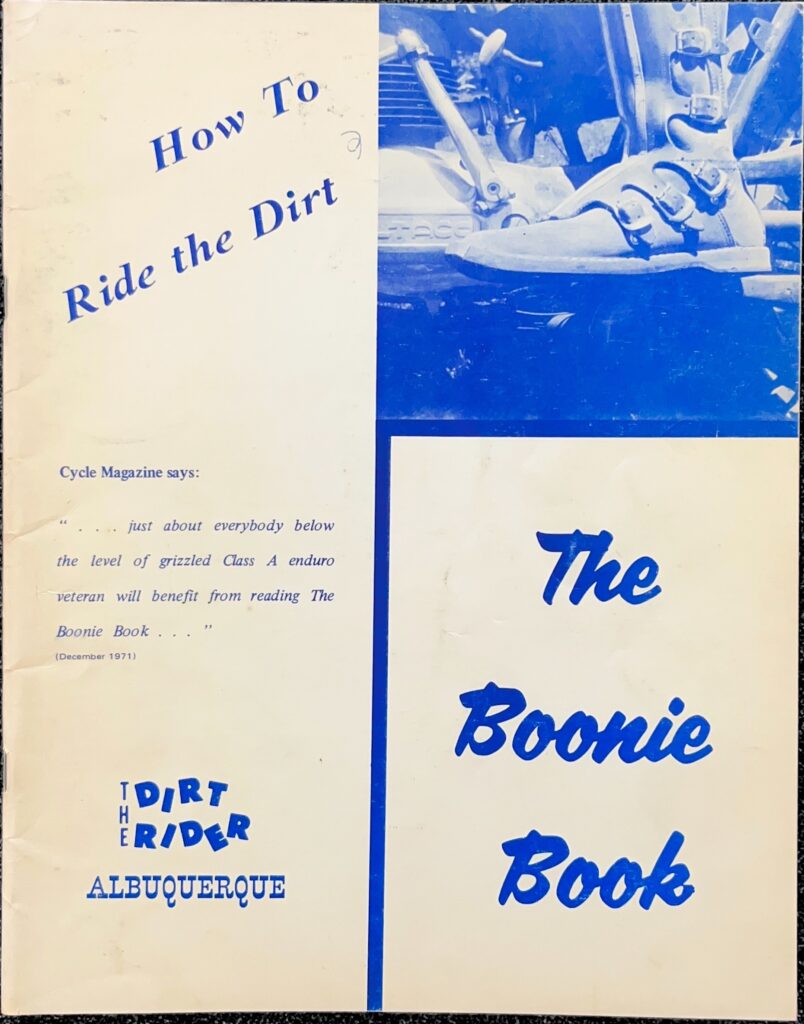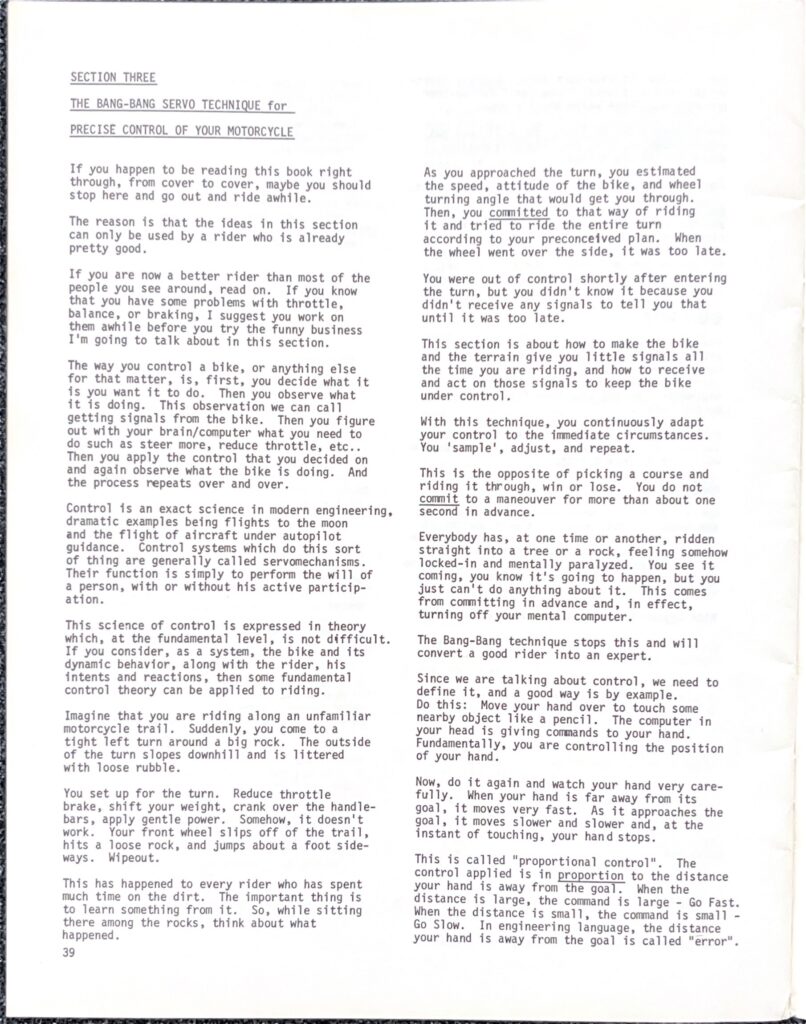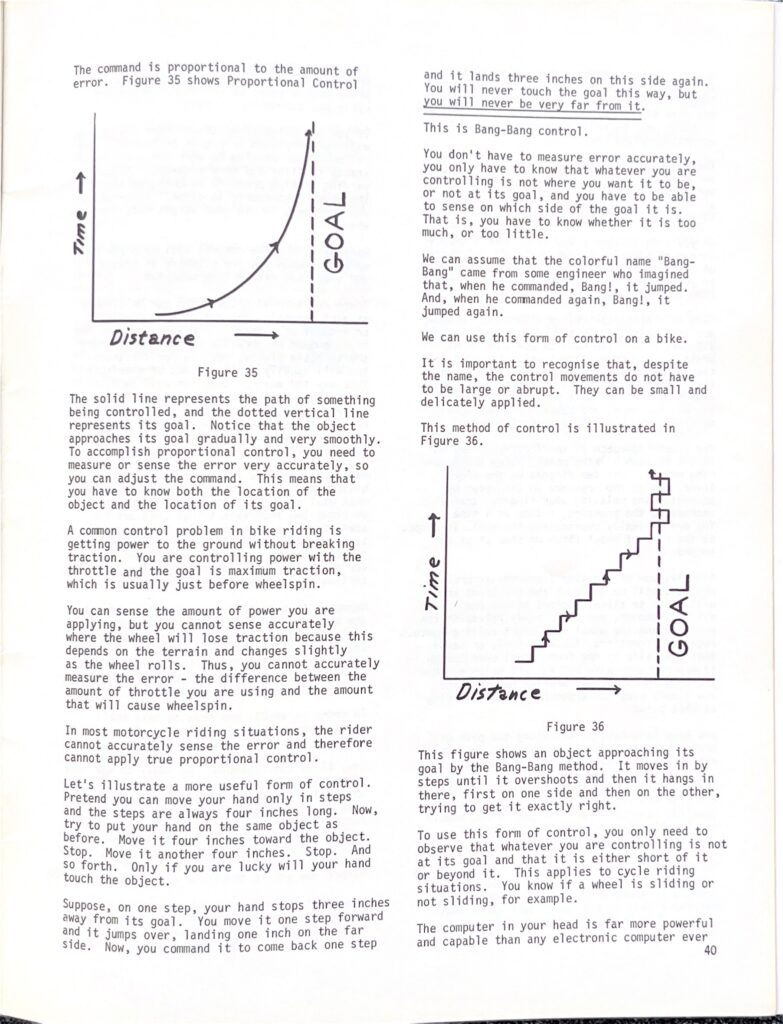Waypoints Along the Analog/Digital Divide
It just hit me again last night and this morning, and it keeps coming back. Essays, news, emails. Story after story, year after year. Real-time life experiences. This so-called generational ‘divide’. The young digitally-fluent generations don’t understand how to navigate yesterday’s analog realms too well, while the older analog-fluent geezers struggle to handle today's computerized technologies.
This is hardly news, and of course, there are a few polymathy exceptions. Those scattered extraordinary people living among us who are equally comfortable in both worlds. And like almost everything else, we all fall along this spectrum somewhere. I self-estimate I’m about 2/3rds analog-fluent and 1/3rd digital-fluent. A guess.
This year I am sixty-six. When I was seventeen the digital stuff was room-sized IBM 360s and Fortran cards. Everything else was analog (in HS I was taught how to use a slide rule) but the future was clear. Analog was history. My best childhood friend Bill was a straight-A student and an Eagle Scout. We were almost perfect opposites. He was ‘born old’ and I’ve never quite grown up still. I was an undistinguished student who never made it past the scout rank of second class but sure loved going camping. His career involved computers and software and mine involved sewing motorcycle riding suits. We remain close friends to this day, but we’re far apart on the digital-analog fluency spectrum.
The first explanation of the relationship between digital and analog that made sense to me was something I read in a self-published staple-bound book(let) attempting to teach improved off-road riding skills. I don’t remember its title but the year was 1971 and the key section was about something the author called the “Push-push-bang-bang-servo-technique.” It was very simple. Imagine a grid with two indexes. Up the left side was increasing force. Across the bottom was moving forward time. Now draw a diagonal line starting at the lower left corner (where the two indexes meet) upward toward the upper right corner. This is a visual analog description of how a force increases at a steady rate across a period of time.
Now zoom into the diagonal line. Zoom in really tight. Pixel tight. What you’ll see is that the diagonal line is actually a series of tiny steps. One up, one over, looking like a microscopic stairway. That is a digital description of something analog – the diagonal line. One up and one over, ones and zeros. This was a dirt bike guy explaining the neural feedback loops riders use to apply force to the handlebars and brakes. Press a little and in a microsecond decide if it is enough to cause the effect you want and if it isn’t press again a little harder and re-evaluate. Continuous unconscious infinitesimal one-up-one-over feedback loops that allow you to trail-brake, feather a clutch, or do a donut or wheelie. Beneath our conscious awareness, everything is digitally describable. Fifty years ago it was this guy writing a pamphlet about how to ride a dirt bike faster and smoother and today it’s Steven Wolfram’s magnum opus about how everything in the universe is digitally describable in fractal equations. Or this Quantum Gravity Research theory of everything (watch on YouTube).
Excerpts from "The Boonie Book: How to Ride the Dirt". Click each image to enlarge.
Here’s a short story involving analog fluency from November of last year. Five years ago I’d parked my old Honda XR650L without any special preparation and recently wanted to re-activate it. This involved all the usual resurrection restoratives (fresh engine oil, a gummed-up carb cleanout, front, and rear brake rebuilds, fresh gas, and a new battery) and after all this, ‘voila!’ it came back to life. Several knit-picks still needed attention, though, the first being a sticky-icky-gritty turn signal switch. This was disassembled, cleaned, re-lubricated, and reassembled just before parking the bike for the winter. All of the nano-details of that job were described in this blog at the time, the point being I did not need a service manual to take on the project. I just knew what to do. Walk over to the bike with a screwdriver and start taking pieces apart and cleaning them, then lubricate and reassemble. No big deal, but satisfying all the same.
Getting this bike ready the following spring involved two more little analog jobs: I took the sticky throttle apart and cleaned, lubricated, and re-assembled it. Now it snaps back like the bike was brand new again. This bike is 26 years old and its twist-grip assembly had never been cleaned. I also bled the rear brake (again) using one of the EZ Bleeders we sell which I had purchased many years ago. I think this was about the third or fourth time I’d used this simple tool. With these two jobs done the bike is now (a mere six years after being unceremoniously parked!!) fully ready to go back into daily service. Which is as exciting to me as if it were a brand-new just-purchased machine. This kind of little-kid excitement never gets old.
- Mr. Subjective, 2019
PS - After finishing this story I liked how it came out well enough so I sent it to a couple of old friends (the key word here is: ‘old’) thinking they might also like it. Their replies:
“Maybe five years ago I had to take the carb off my 650L in a hotel parking lot at night, in order to clean out the plugged idle jet. It was the evening before a big group ride, and I was pissed that I hadn’t taken care of this earlier. So I was working quietly and furiously with clenched teeth, just wanting to be done so I could relax with a beer and the rest of the guys. After a while, I looked up, and there, standing behind me in total silence were six or eight riders under 40 years old. I don’t think they’d ever seen the inside of a carburetor. It was like they were watching someone perform simultaneous open-heart and brain surgery in a parking lot. They actually applauded when the bike started, ran, and idled.”
Mark L.
Mark, a few years ago I had the same experience changing a tire’s tube on the side of a well-traveled road. Several people stopped to ask if I needed help, and after I said I didn't, some drove on but three younger ones stayed, simply to watch.
And:
“…My grandson, for example, commutes 12 months a year on a mountain bike or eBike (RadMini), he is into rock climbing, wall jumping, marathons, kickboxing, and all kinds of stuff I’ve never heard of and has lots of friends doing the same kinds of things. I’d put riding a bike 7 miles one way in a Minneapolis January over anything I’ve ever seen a hippobike rider do, adventure-wise. He sucks at maintenance, though. His eBike is in my garage waiting for a motor replacement. He beat it to death in 8 months. We did a full service on his mountain bike last weekend and it was pretty hammered, too. ;-)”
Tom D.




I’m not sure I would have comprehended it all but I might have been spared some pain and suffering.
Too bad there’s not an inexpensive copy around.
I do think it is a mistake to imagine that either our generation was good at maintenance or understanding the analog electro-mechanical world or that all young people are incapable of doing the old stuff and the new stuff. As Ted Sturgeon said, “90% of everything is crap.” (Personally, I think he was an optimist.) It’s pretty obvious from the high percentage of Boomer Trumpers that old people have no kind of handle on how things work. They just have a lot of misplaced confidence in their collective “wisdom.” I have had the great fortune to know some amazing uner-30-year-olds, who are just as comfortable working on a 1960s tractor or motorcycle as they are debugging a customer’s digital security system. Competent people are always in the minority and Dunning Kruger explains the rest of us.